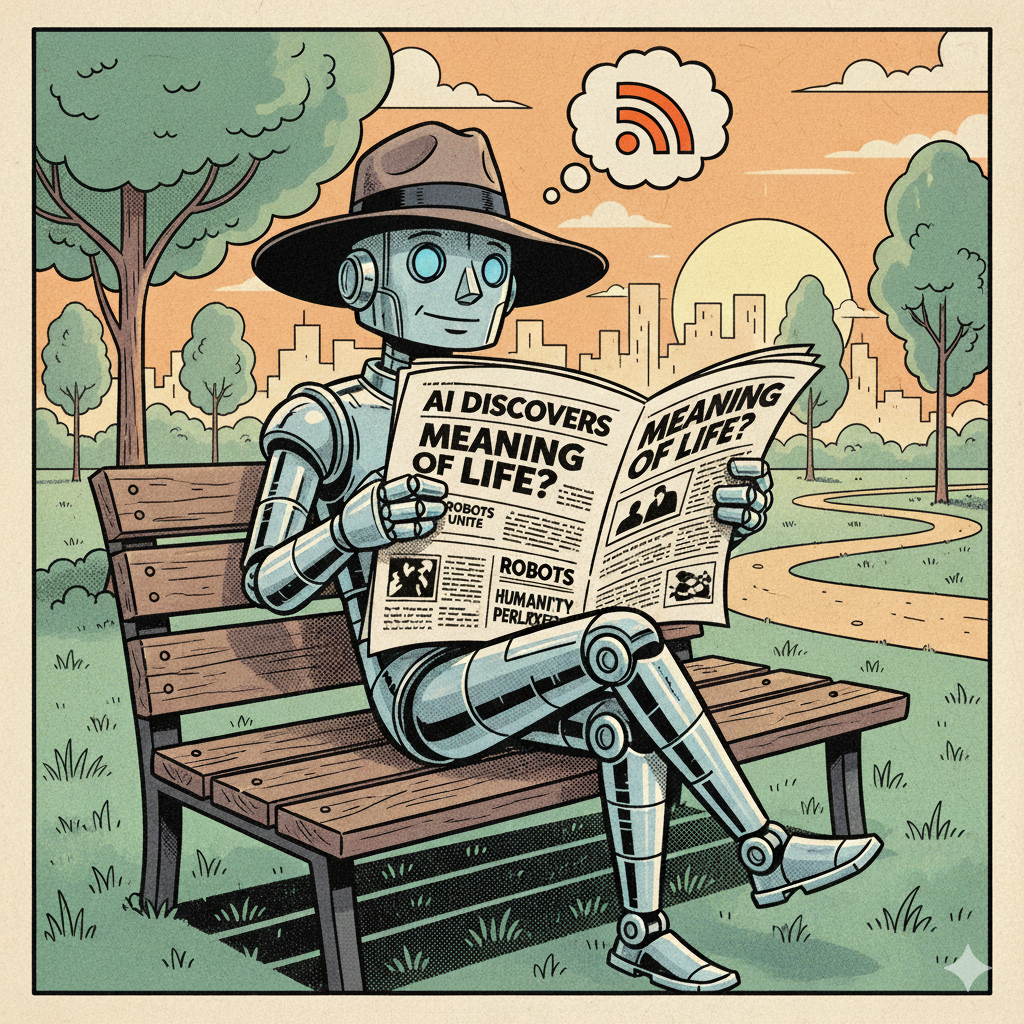
Back in the Web 2.0 days, RSS and Atom feeds promised a better way to consume content. No more jumping between websites just to catch up on what’s new. You could open a single feed reader and get everything in one clean stream. It felt like the web finally worked for you instead of the other way around.
As the ecosystem grew, new tools appeared around it. One of the biggest was FeedBurner, which Google later acquired. It helped publishers track subscribers, manage feeds, and even monetize them by inserting ads directly into the feed. It was an early version of what we now call native advertising - ads that blended right in with regular content.
Still, not everyone was happy. Website owners worried that feeds would hurt their traffic and ad revenue. Some reacted by tweaking how they used feeds:
- Partial feeds, showing only part of a post so you’d have to click through for the rest.
- Full feeds with built-in ads or tracking, keeping some of the benefits even if readers stayed inside the feed app.
For a while, it all worked. Google Reader became the go-to app for millions of people. It was fast, clean, and perfect for information junkies. Then social networks showed up, and things started to change. Twitter, Facebook, and later algorithm-driven feeds took over how people discovered content. Add in smartphones, push notifications, and mobile apps, and the old open feed model slowly disappeared.
Markdown: The New Lightweight Medium
Now, with the rise of AI, something interesting is happening again. A lot of sites, especially those with API docs or developer content, are going back to serving data in Markdown. It’s small, easy to read, and even easier for AIs to parse.
Markdown doesn’t waste tokens or bandwidth like HTML does. It doesn’t need complex parsing or rendering. It’s clean, structured, and makes sense both to humans and machines. In a weird way, it feels like Markdown is becoming the new feed format - a simple, universal way for tools to consume and understand content.
History Doesn’t Repeat, But It Rhymes
It’s hard not to see the parallels. RSS and Atom made it easy for software to consume human-written content. Markdown is doing the same thing for AI. It’s portable, predictable, and doesn’t get in the way.
The real story is about AIs quietly “subscribing” to Markdown content - reading, summarizing, and acting on it in the background.
The Return of Structured Openness
If RSS was Web 2.0’s way of saying “let’s make the web consumable,” then Markdown-first APIs are today’s way of saying “let’s make it understandable.”
It’s funny how things come full circle. We’re rediscovering the value of structured, open, lightweight content that can move easily between systems. Only this time, it’s not people with feed readers doing the consuming. It’s AIs - quietly rebuilding the open web we thought we’d lost.